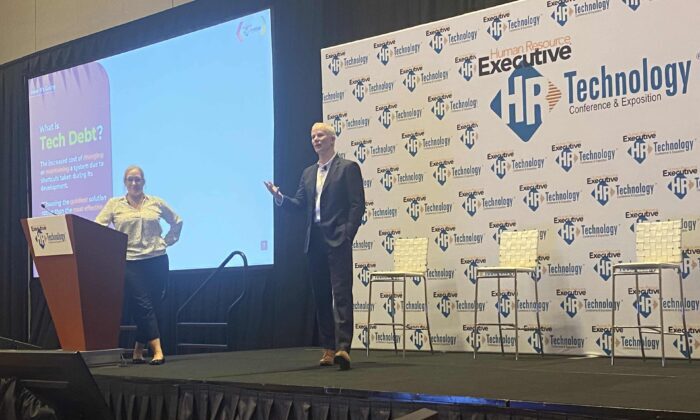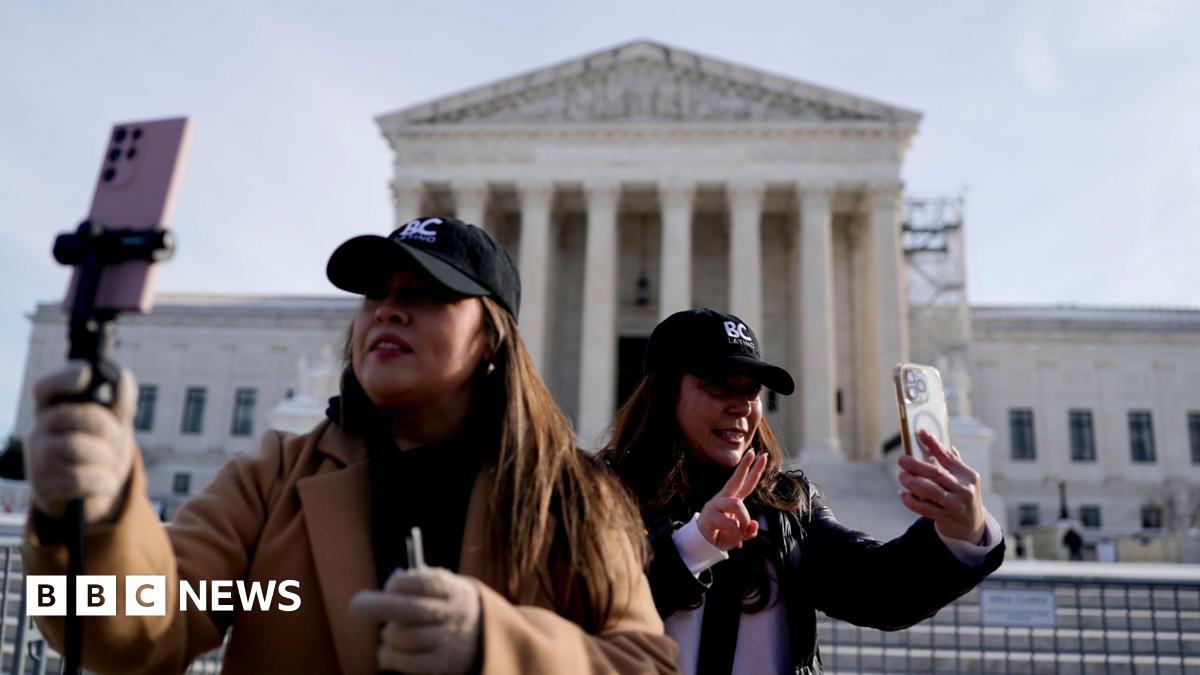Stay informed with free updates
Simply sign up to the US economy myFT Digest — delivered directly to your inbox.
US inflation was higher than forecast in September, raising the prospect that the Federal Reserve may raise interest rates following similarly robust recent data on the strength of the jobs market.
The consumer price index rose 3.7 per cent year on year, according to the Bureau of Labor Statistics, the same pace as the previous month. Economists had expected a slight decline.
On a monthly basis, inflation decelerated from 0.6 per cent to 0.4 per cent, thanks in part to lower pressure from energy prices. However, “core” inflation, which strips out volatile energy and food prices, remained steady at 0.3 per cent month on month.
Core inflation edged down from 4.3 per cent to 4.1 per cent on a year-on-year basis.
Investors and policymakers will be parsing the data given the lack of consensus over the likely path of monetary policy for the rest of the year.
Many investors had been willing to look past a recent rebound in the headline inflation rate because it was driven by energy prices. However, stronger than expected jobs data last week fuelled concerns that inflation may be become stuck above the Federal Reserve’s 2 per cent target.
The data drove yields on US government debt to their highest levels in 16 years and caused a brief jump in investor expectations that the Fed would raise its benchmark interest rate again before the end of the year.
Yields have eased back in recent days, and the likelihood of another rate rise this year, as implied by futures markets, has dropped to about 30 per cent. Several Fed officials suggested that higher Treasury yields could help to tighten financial conditions without the central bank needing to lift its own interest rate again.
US stock futures swung into negative territory and Treasury yields rose after September’s CPI data was released. The two-year Treasury yield, which moves with interest rate expectations, rose 0.07 percentage points to 5.08 per cent, though remained within recent trading ranges. Traders modestly increased bets that the Fed would raise interest rates another time before year-end, though the odds remain around 50/50.
The federal funds rate has risen from close to zero in March 2022 to a range of 5.25-5.5 per cent. At the time of the Fed’s most recent policy meeting in September, officials were leaning towards the likelihood of another rate increase before the end of the year, followed by a slow pace of cuts over the next two years.
Credit: Source link











